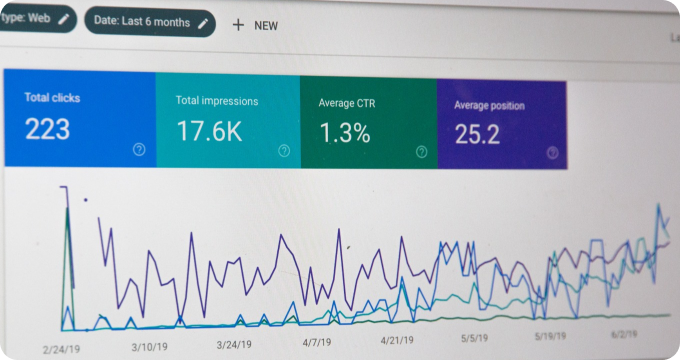The Psychology of Personal Injury Claims and Settlements
- June 05, 2023
- 2 minutes
Personal injury claims and settlements are complex financial and psychological processes. There is an intricate interplay between the two, and understanding the psychology of personal injury claims and settlements can help both parties reach a more favorable outcome.
We can break the psychology of personal injury claims and settlements down into two main areas – the claimant's psychological response to the settlement process and the defendant's reaction to the settlement process. In the case of personal injury claims, the claimant is usually the victim, while the defendant is usually the responsible party.
The psychological response of the claimant to the settlement process is complex, and it is often shaped by a variety of factors. These include:
- The extent of the injuries
- The medical costs associated with the injury
- The amount of lost wages
- The amount of pain and suffering
- The amount of emotional distress
- Their expectations
- Their level of trust in the process
- Their overall attitude toward the settlement process
The defendant's psychological reaction to the settlement process will depend on a number of factors. These include:
- The extent of the damages
- The amount of insurance coverage
- The amount of liability
- The legal costs associated with defending the claim
- Their expectations
- Their level of trust in the process
- Their overall attitude toward the settlement process
In some cases, the psychological response of the claimant and the defendant may be so different that it can lead to an impasse in the settlement process. In such instances, it is important for both parties to recognize the psychological aspects of the settlement process, and to understand how they can influence the settlement.
One technique that can be used to bridge the gap between the psychological responses of the claimant and the defendant is mediation. Mediation is a form of alternative dispute resolution (ADR) that is used to settle disputes. In mediation, both parties to the dispute meet face-to-face with an impartial third party, the mediator, to discuss the issues, and to explore potential solutions. The goal of mediation is to reach an agreement between the parties without the need for litigation.
Mediation can be effective in resolving personal injury claims, because it provides an opportunity for the parties to communicate their concerns and to come to an agreement that is mutually satisfactory. Mediation can also help to reduce the emotional tension between the parties, and can help to reduce the financial costs of litigation.
Another technique that can be used to bridge the gap between the psychological responses of the claimant and the defendant is arbitration. In arbitration, the parties to a dispute submit their dispute to an impartial third party, the arbitrator, for resolution. Unlike mediation, arbitration does not involve face-to-face communication between the parties. Instead, the arbitrator makes a decision based on the evidence presented by the parties.
Arbitration can be a cost-effective way to resolve personal injury claims, as it typically requires less time and expense than a trial. The arbitrator's decision is binding, which means that the parties must abide by the decision.
In conclusion, the psychology of personal injury claims and settlements is a complex and interrelated process. It is important to understand the psychological aspects of the process, and to recognize how they can influence the outcome. Mediation and arbitration are two techniques that can be used to bridge the gap between the psychological responses of the claimant and the defendant, and to help the parties reach an amicable settlement.
Learn More
If you want to stay informed on the latest developments in personal injury law, be sure to read more of our blog posts. For a comprehensive list of the best personal injury lawyers in Miami, check out our rankings.
Popular Posts
-
 The Rise of Electric Bikes in Miami: What It Means for Personal Injury Law
The Rise of Electric Bikes in Miami: What It Means for Personal Injury Law
-
 The Role of Personal Injury Lawyers in Miami's Growing Scooter Accident Problem
The Role of Personal Injury Lawyers in Miami's Growing Scooter Accident Problem
-
 The Impact of COVID-19 on Personal Injury Claims in Florida
The Impact of COVID-19 on Personal Injury Claims in Florida
-
 The Importance of Hiring a Personal Injury Lawyer with Trial Experience
The Importance of Hiring a Personal Injury Lawyer with Trial Experience
-
 How Miami's Unique Climate Affects Personal Injury Cases
How Miami's Unique Climate Affects Personal Injury Cases






